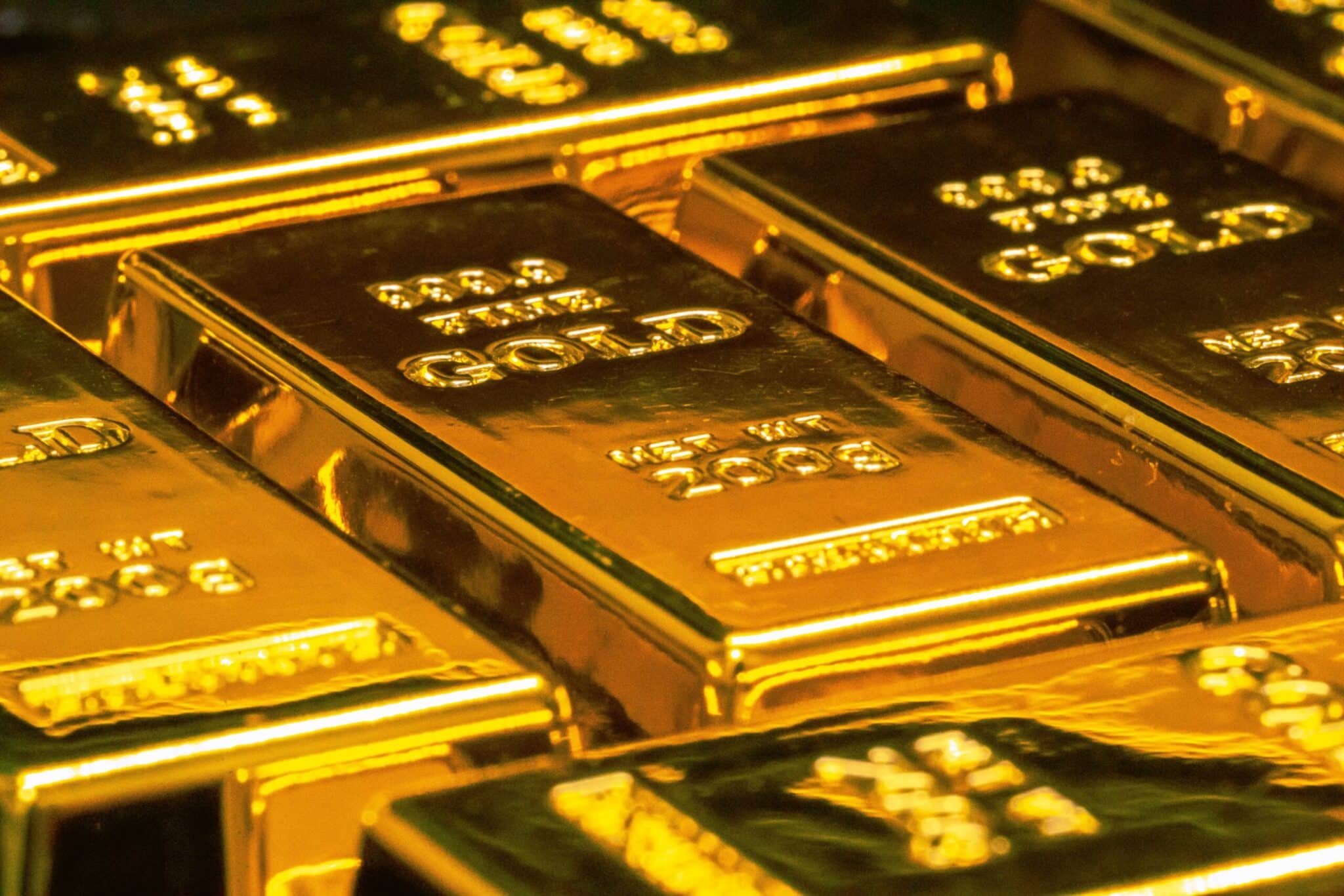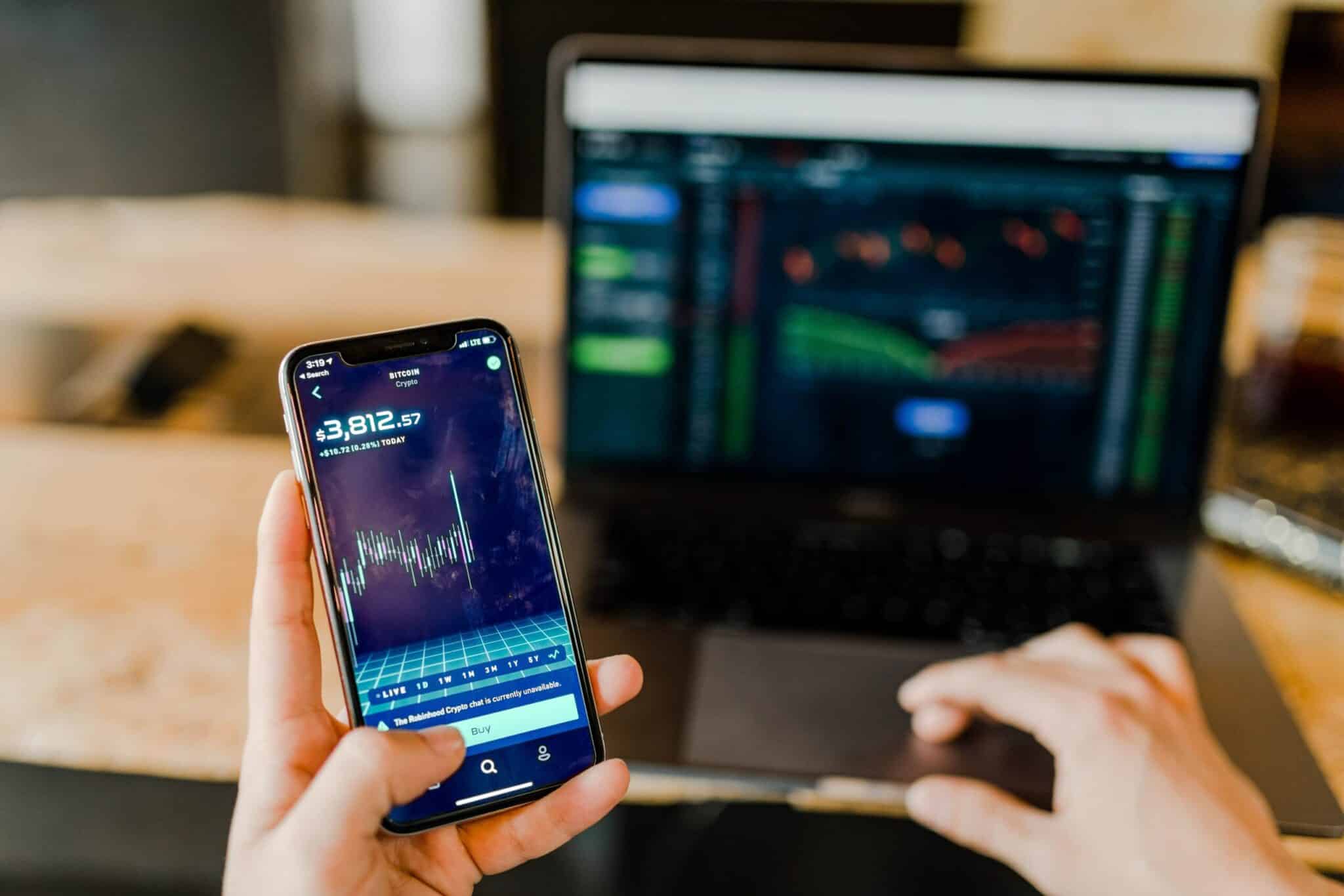The prospect of branching out into precious metals intrigues the business investment landscape.
These metals – gold, silver, platinum, and palladium – go beyond their sparkling allure. As tangible assets with limited supply, they offer distinctive value, safeguarding against economic volatility.
If you’re pondering this arena, it’s vital to grasp the market’s nuances and the key factors that may influence your investments.
This guide offers an extensive look into precious metals investment, emphasizing crucial considerations for businesses.
We’ll look at the market’s traits, investment alternatives, possible pros and cons, and resources that can aid in making informed decisions.
Let’s embark on this journey to discover the hidden riches. Remember, in business, knowledge is as precious as gold.
What Makes Precious Metals Worth Investing?

Precious metals, encompassing gold, silver, platinum, and palladium, have been treasured for their aesthetic appeal and inherent worth.
Historically, they’ve served as wealth reserves for millennia. Today, investors covet them for their immunity to inflation and capacity to serve as a financial safe harbor in economic turbulence. Simply put, there are a lot of reasons to invest in gold and silver.
Take gold, for instance. This shiny yellow metal’s price usually moves independently of stocks and bonds, providing a useful counterbalance for an investment portfolio. When the stock market tumbles, the price of gold often rises, offering a valuable hedge.
Silver is also a precious metal with many industrial applications, making it sensitive to economic growth. This can result in more volatility but with the potential for greater rewards.
Platinum and palladium, rarer than gold and silver, are heavily influenced by supply and demand dynamics. Their primary use in the automotive industry (in catalytic converters) can lead to price volatility, offering potential opportunities for savvy investors.
Research and Market Analysis
Navigating the precious metals market necessitates thorough study and evaluation. Many aspects, like worldwide economic health, currency variations, geopolitical incidents, and the interplay of supply and demand, can drastically sway the value of precious metals.
Take, for instance, periods of economic instability or escalated geopolitical discord. During such times, investors frequently gravitate towards gold, viewing it as a safe harbor, elevating its price.
Resources like Money Metals Exchange can offer invaluable insights about market trends, the performance of various precious metals, and forecasts, helping you make informed investment decisions.
What Are the Investment Options?

There are good ways to invest in precious metals. The most traditional method is physical ownership of gold bars, coins, or jewelry, but it comes with storage and insurance costs.
Precious metal Exchange Traded Funds (ETFs) offer exposure to the metals without needing physical storage. Instead, they track the price of a specific metal or a group of metals, allowing you to benefit from price movements without owning the physical commodity.
Investing in mining companies is another option. This investment is influenced not just by metal prices but also by the company’s operational efficiency, mining costs, and the success of exploration activities.
Another possibility lies in futures contracts. These contracts represent agreements to purchase or sell a designated quantity of precious metal at a pre-established price on a specific future date. Despite the potential for significant returns, this type of investment carries inherent risk due to the leverage involved.
Achieving financial security through a balanced mix of short- and long-term investments is a smart approach for many investors. Strengthening your portfolio with a Precious Metals IRA can provide stability during market downturns and protect against inflation. These IRAs allow you to hold physical assets like gold and silver while benefiting from the tax advantages of a retirement account. As part of a well-rounded strategy, they offer both growth potential and peace of mind.
Legal Aspects and Regulatory Compliance
As you navigate the precious metals investment sphere, it’s crucial not to disregard the legal and regulatory dimensions. The precious metals market adheres to laws and regulations that foster transparency, fairness, and investor protection.
You must comply with all pertinent regulations in your journey into precious metals investment. This includes declaring earnings for taxation, complying with anti-money laundering legislation, and grasping any legal ramifications of cross-border transactions if you’re engaging with international markets.
In the United States, the IRS requires reporting sales involving specific types of gold and silver coins and bars via Form 1099-B. Ignoring such reporting obligations can lead to significant fines.
Furthermore, the U.S. Commodity Futures Trading Commission (CFTC) has regulatory jurisdiction over commodity futures and options markets, including precious metals. Therefore, if futures contracts align with your investment approach towards precious metals, it’s essential to be well-versed in CFTC regulations.
Similarly, if you’re considering investing in precious metals ETFs or mining stocks, you’ll need to understand the regulations imposed by the SEC.
Risk Management
Like any investment, venturing into precious metals comes with its own set of risks. The value of these metals can fluctuate widely due to many global influences. As such, portfolio diversification is key to buffering potential hazards.
This thoroughly evaluates various investment avenues, their track records, and the linked risks, aiding you in making a knowledgeable decision.
Conclusion
Diversifying your business investment portfolio by incorporating precious metals can be a strategic decision. Nonetheless, it demands a thorough comprehension of the market dynamics and meticulous preparation.
Resources such as Silver Gold Bull can be invaluable in navigating the precious metals market.
With careful planning and strategic decisions, investing in precious metals can be a ‘golden’ opportunity for your business. But, as always, diversification and understanding market dynamics remain key.


